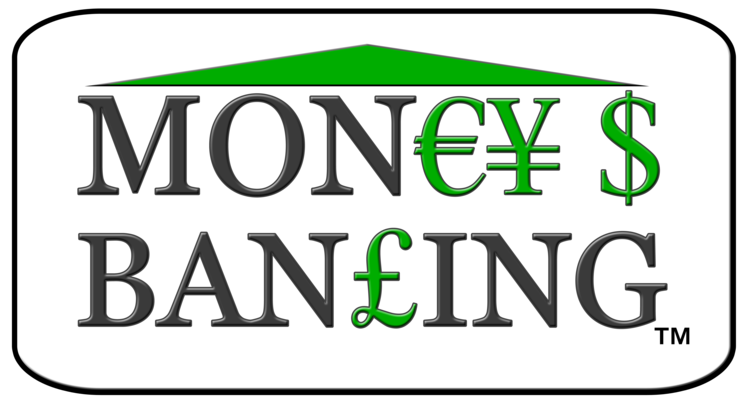The press is abuzz with claims that the United States is in recession because real GDP declined in both the first and second quarters of 2022. Many people use this “two consecutive quarters of declining GDP” formula as an informal indicator of a recession. And, they are generally right, it has been useful: since 1950, nine of 11 recessions designated by the National Bureau of Economic Research (NBER) Business Cycle Dating Committee (BCDC) included at least two consecutive quarters of falling GDP. Moreover, given the recent slowdown in economic activity, people are starting to feel as if they are experiencing a recession. Indeed, going forward, we expect that a recession will be associated with the disinflation which the Federal Reserve seeks (see our recent post).
Nevertheless, in current circumstances, there are good reasons not to rely on the simple recipe that equates two consecutive quarters of falling GDP with a recession. Indeed, when people ask us whether the economy currently is in a recession—something that occurs daily—we respond: “not yet, but very likely over the next year.”
In this post, we provide a primer on the criteria that the NBER BCDC uses to produce the authoritative dating of U.S. recessions. (The complete NBER cyclical chronology is here.) We explain how economists improve upon the simple formula by using multiple sources of information that are observed frequently and are less prone to large revisions—especially around business cycle turning points. We conclude with a brief explanation of why the risk that the United States will enter a recession in the near future is very high….
Read More